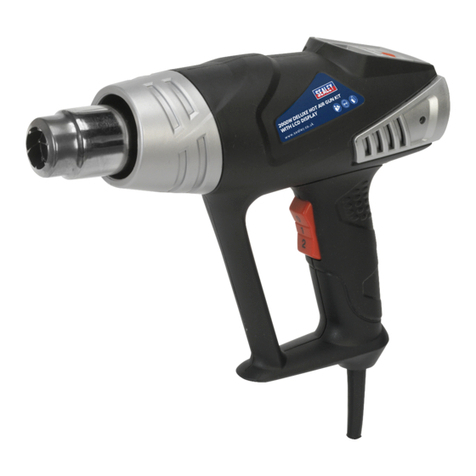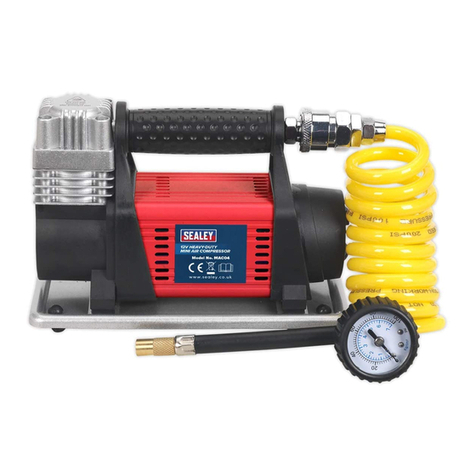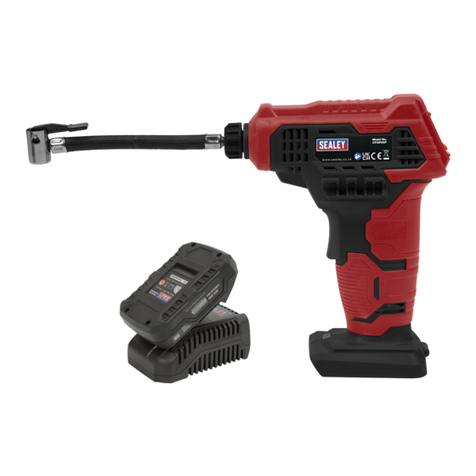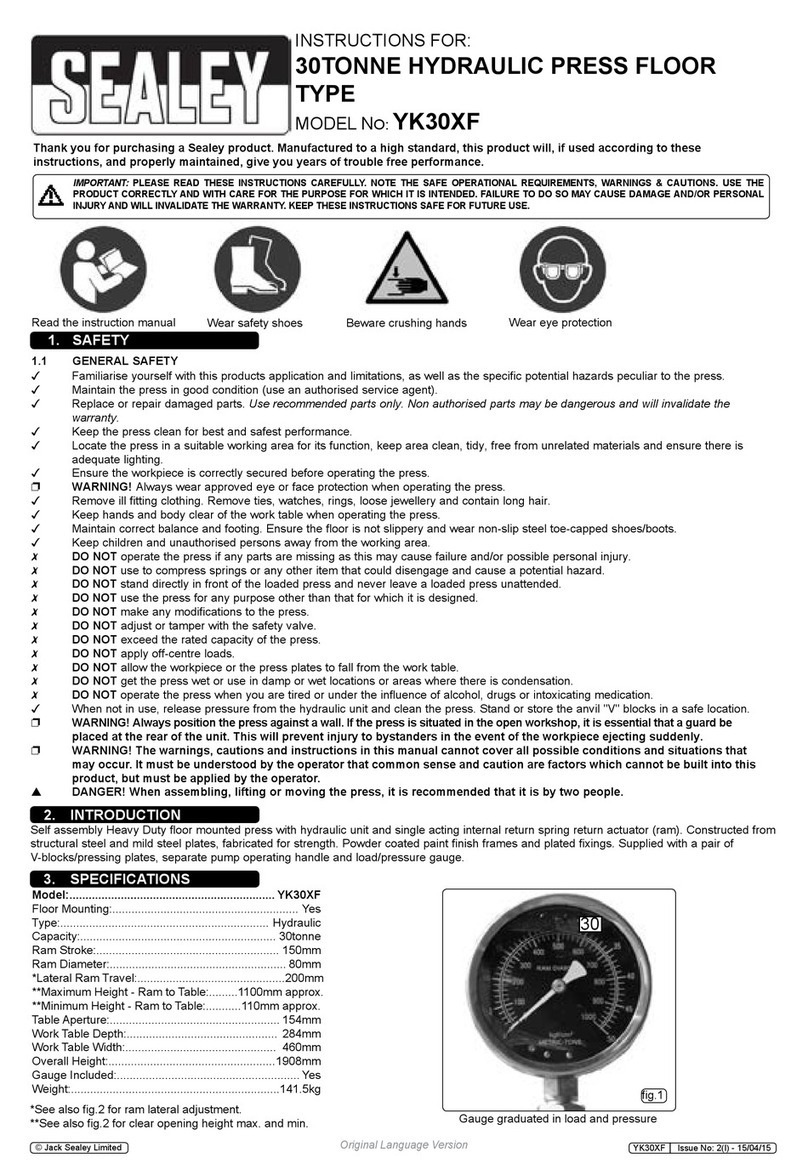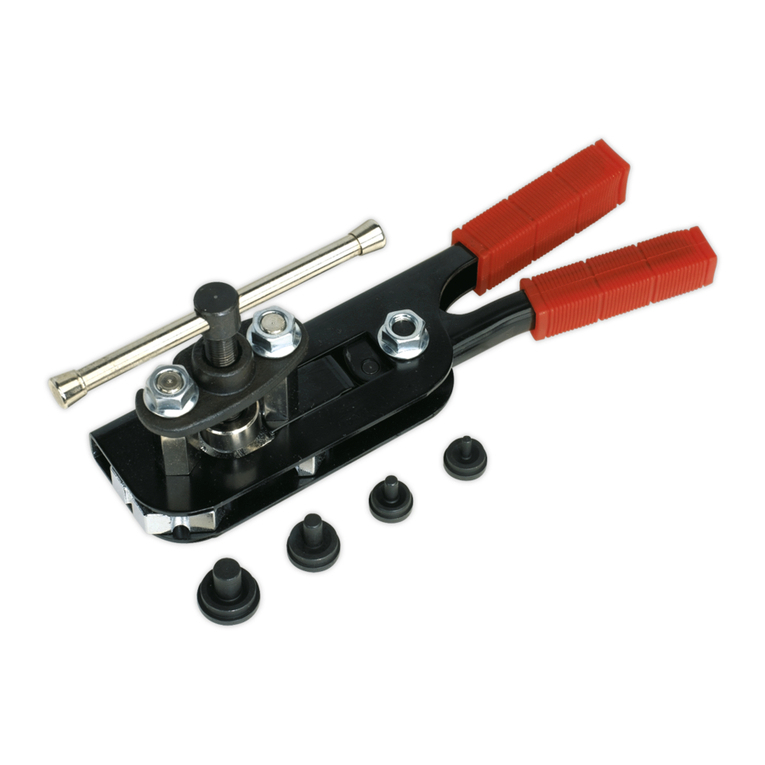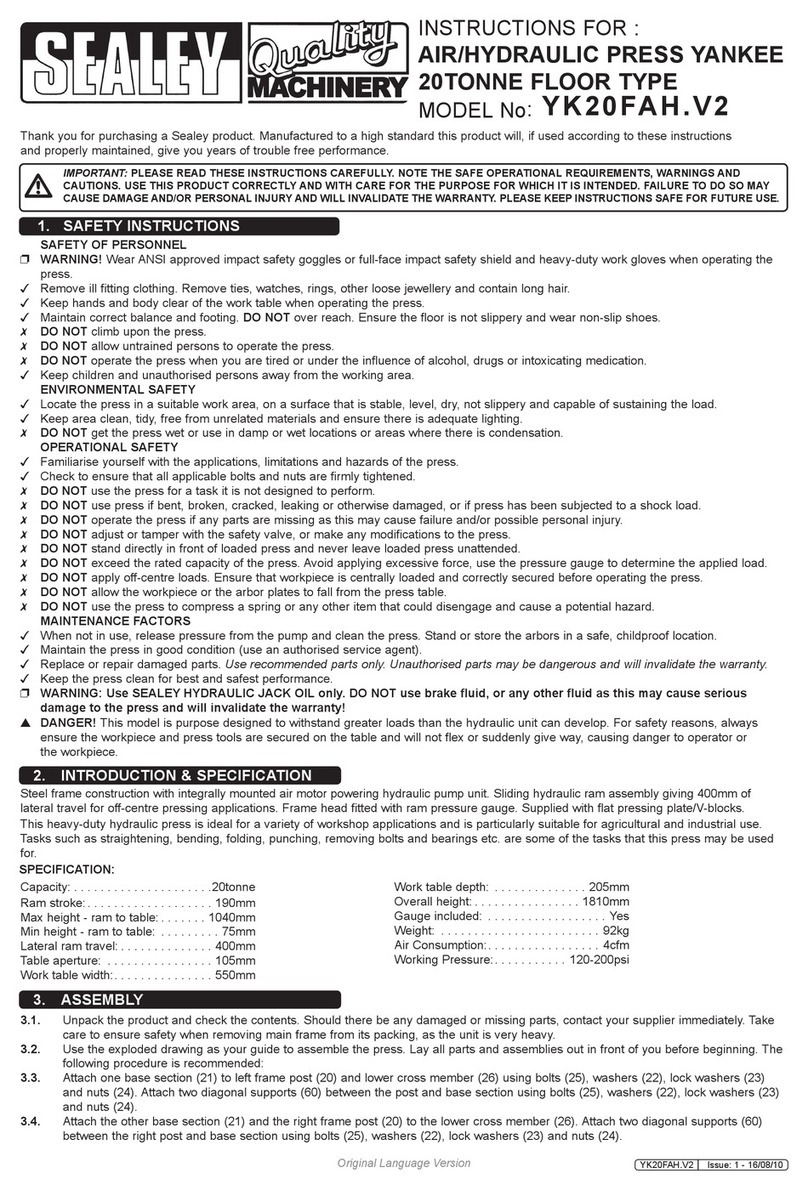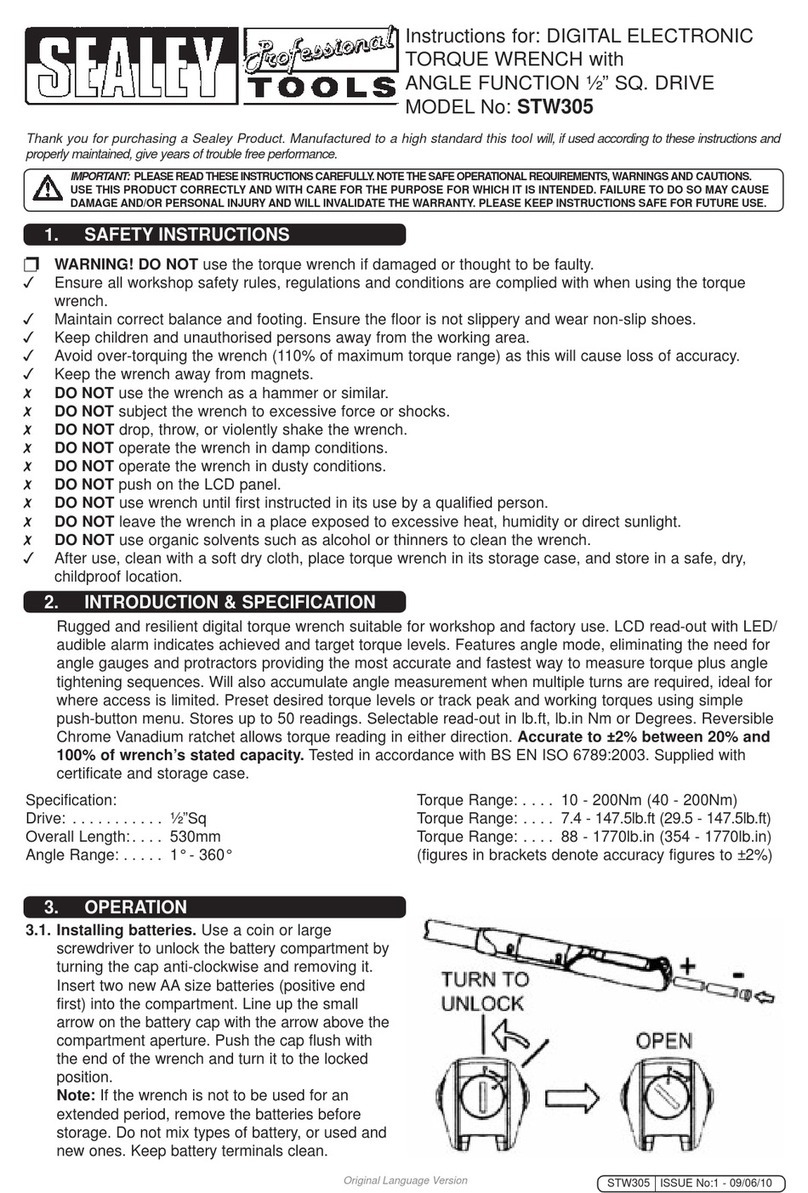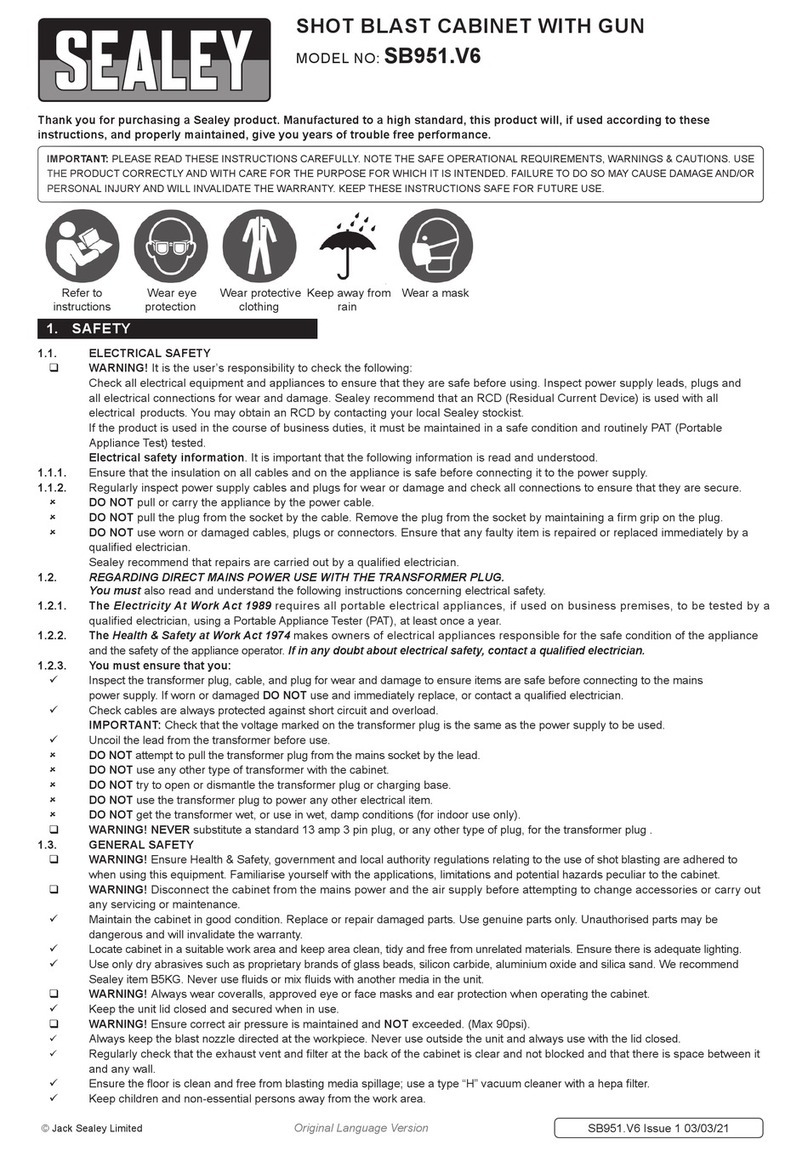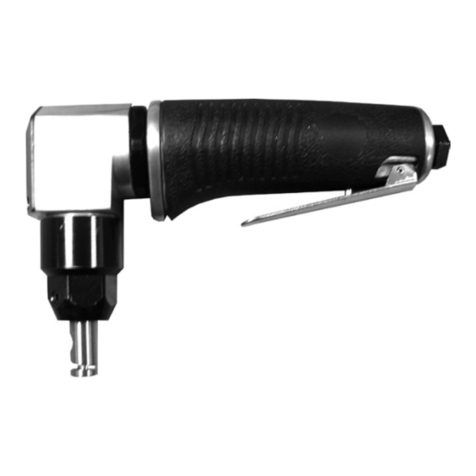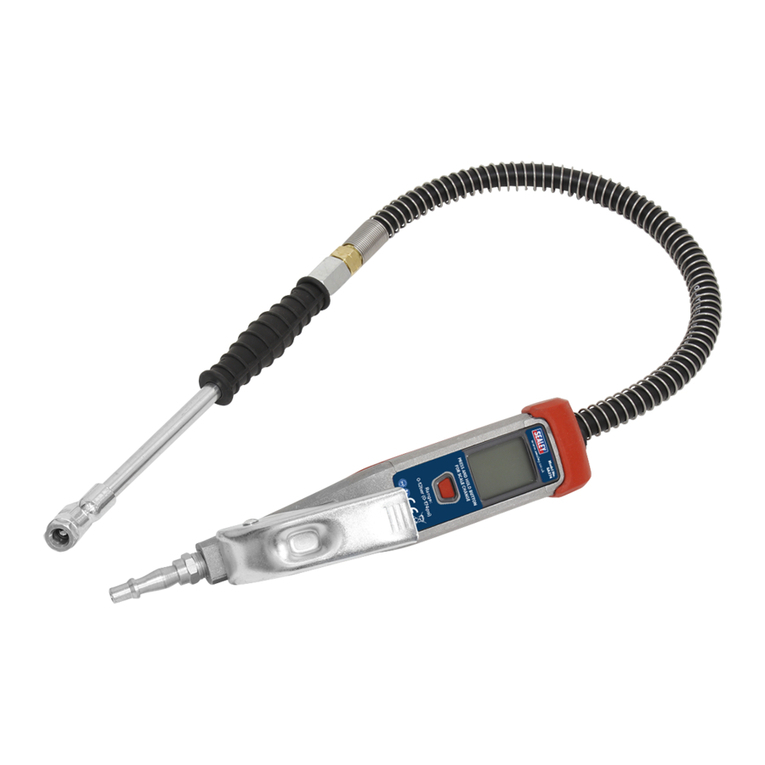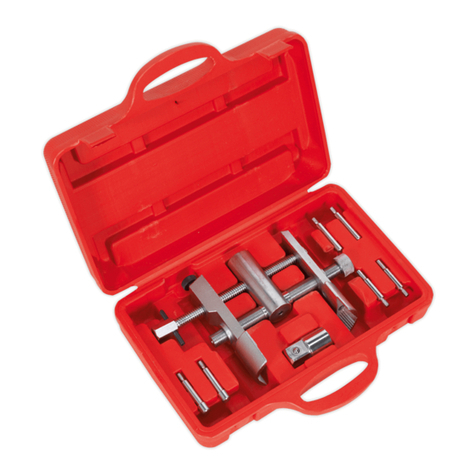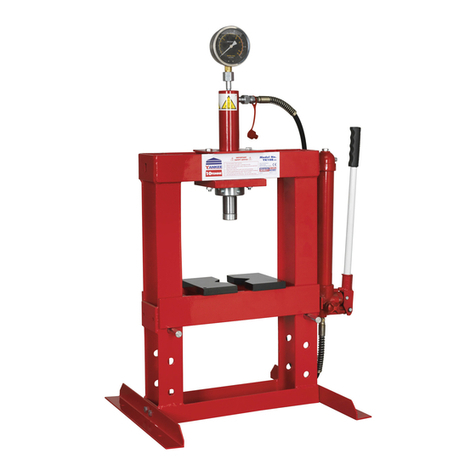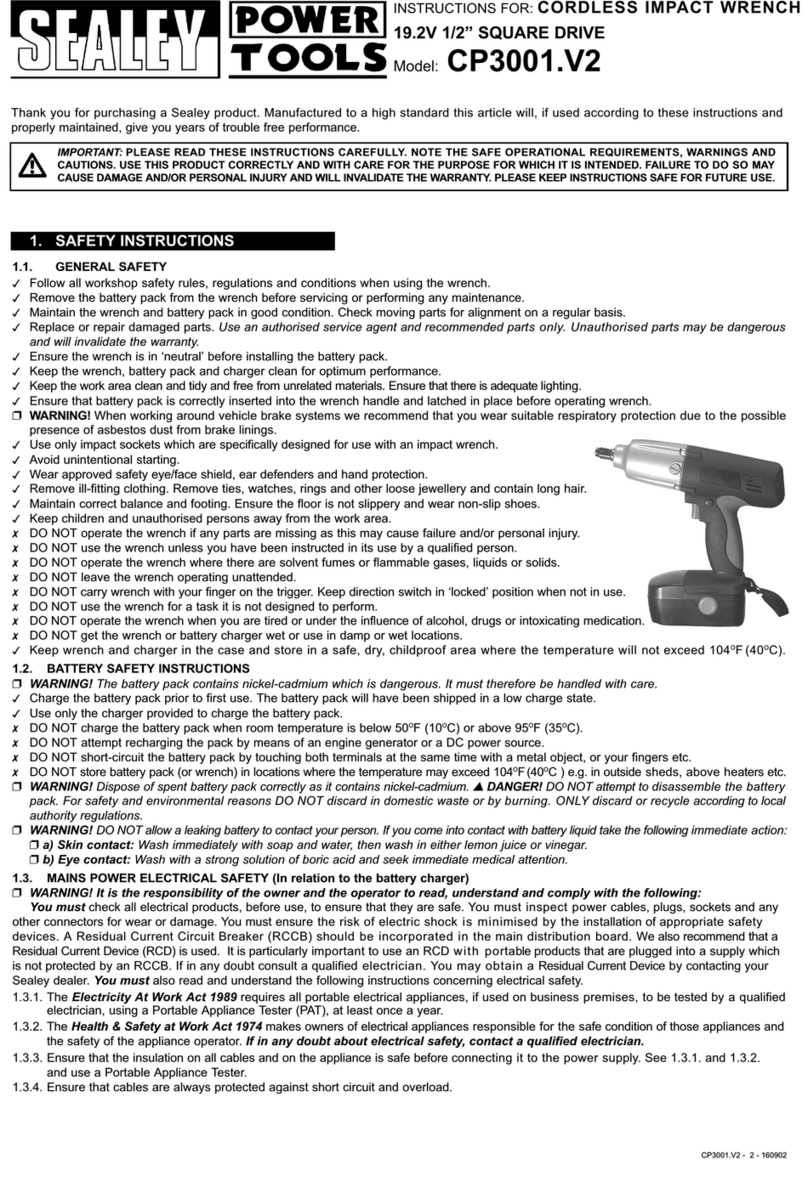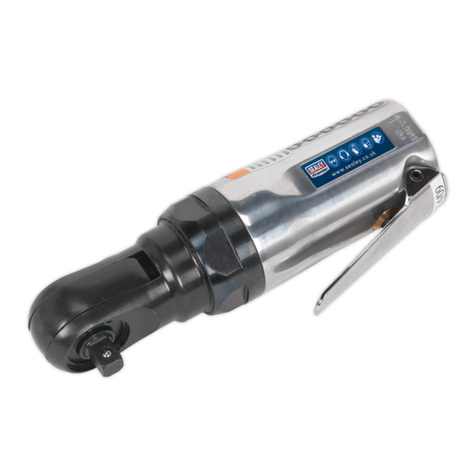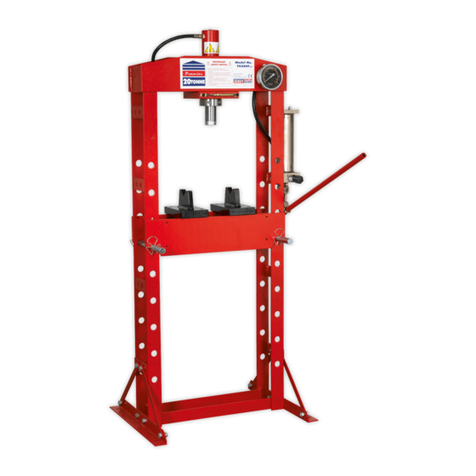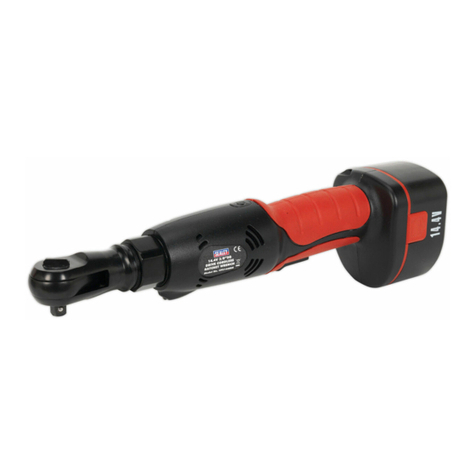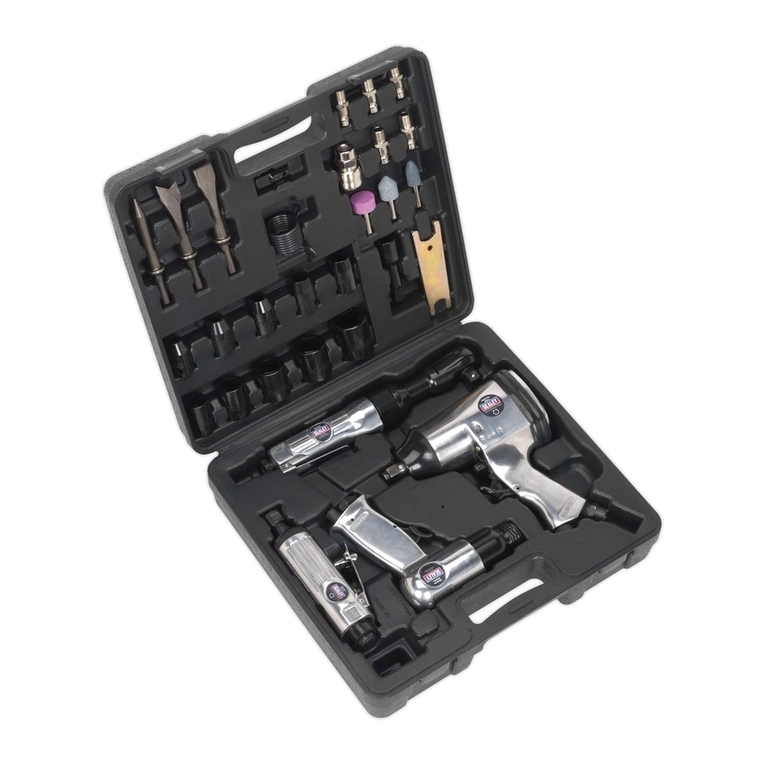1. SAFETY INSTRUCTIONS
1.1 GENERAL SAFETY
Follow all workshop safety rules, regulations and conditions when using the wrench.
Remove the battery pack from the wrench before servicing or performing any maintenance.
Maintain the wrench and battery pack in good condition. Check moving parts for alignment on a regular basis.
Replace or repair damaged parts. Use an authorised service agent and recommended parts only. Unauthorised parts may be dangerous
and will invalidate the warranty.
Ensure the wrench is ‘locked’ before installing the battery pack.
Keep the wrench, battery pack and charger clean for optimum performance.
Keep the work area clean and tidy and free from unrelated materials. Ensure that there is adequate lighting.
Ensure that battery pack is correctly inserted into the wrench handle and latched in place before operating wrench.
WARNING! When working around vehicle brake systems we recommend that you wear suitable respiratory protection due to the possible
presence of asbestos dust from brake linings.
Use only impact sockets which are specifically designed for use with an impact wrench.
Avoid unintentional starting.
Wear approved safety eye/face shield, ear defenders and hand protection.
Remove ill-fitting clothing. Remove ties, watches, rings and other loose jewellery and contain long hair.
Maintain correct balance and footing. Ensure the floor is not slippery and wear non-slip shoes.
Keep children and unauthorised persons away from the work area.
DO NOT operate the wrench if any parts are missing as this may cause failure and/or personal injury.
DO NOT use the wrench unless you have been instructed in its use by a qualified person.
DO NOT operate the wrench where there are solvent fumes or flammable gases, liquids or solids.
DO NOT leave the wrench operating unattended.
DO NOT carry wrench with your finger on the trigger. Keep direction switch in ‘locked’ position when not in use.
DO NOT use the wrench for a task it is not designed to perform.
DO NOT operate the wrench when you are tired or under the influence of alcohol, drugs or intoxicating medication.
DO NOT get the wrench or battery charger wet or use in damp or wet locations.
Keep wrench and charger in the case and store in a safe, dry, childproof area where the temperature will not exceed 40°C (104°F).
1.2 BATTERY SAFETY INSTRUCTIONS
WARNING! The battery pack contains nickel-cadmium, which is dangerous. It must therefore be handled with care.
Charge the battery pack prior to first use. The battery pack will have been shipped in a low charge state.
Use only the charger provided to charge the battery pack.
DO NOT charge the battery pack when room temperature is below 10°C (50°F) or above 40°C (104°F).
DO NOT attempt recharging the pack by means of an engine generator or a DC power source.
DO NOT short-circuit the battery pack by touching both terminals at the same time with a metal object, or your fingers etc.
DO NOT store battery pack (or wrench) in locations where the temperature may exceed 40°C (104°F) e.g. in outside sheds, above
heaters etc.
WARNING! Dispose of spent battery pack correctly as it contains nickel-cadmium. DANGER! DO NOT attempt to disassemble the
battery pack. For safety and environmental reasons DO NOT discard in domestic waste or by burning. ONLY discard or recycle according
to local authority regulations.
WARNING! DO NOT allow a leaking battery to contact your person. If you come into contact with battery liquid take the following
immediate action: a) Skin contact: Wash immediately with soap and water, then wash in either lemon juice or vinegar.
b) Eye contact: Wash with a strong solution of boric acid and seek immediate medical attention.
1.3 MAINS POWER ELECTRICAL SAFETY (In relation to the battery charger)
WARNING! It is the responsibility of the owner and the operator to read, understand and comply with the following:
You must check all electrical products, before use, to ensure that they are safe. You must inspect power cables, plugs, sockets and any
other connectors for wear or damage. You must ensure the risk of electric shock is minimised by the installation of appropriate safety
devices. A Residual Current Circuit Breaker (RCCB) should be incorporated in the main distribution board. We also recommend that a
Residual Current Device (RCD) be used. It is particularly important to use an RCD with portable products that are plugged into a supply
that is not protected by an RCCB. If in any doubt consult a qualified electrician. You may obtain a Residual Current Device by contacting
your Sealey dealer. You must also read and understand the following instructions concerning electrical safety.
1.3.1 The Electricity At Work Act 1989 requires all portable electrical appliances, if used on business premises, to be tested by a qualified
electrician, using a Portable Appliance Tester (PAT), at least once a year.
1.3.2 The Health & Safety at Work Act 1974 makes owners of electrical appliances responsible for the safe condition of those appliances
and the safety of the appliance operator. If in any doubt about electrical safety, contact a qualified electrician.
1.3.3 Ensure that the insulation on all cables and on the appliance is safe before connecting it to the power supply. See 1.3.1 and 1.3.2
and use a Portable Appliance Tester.
1.3.4 Ensure that cables are always protected against short circuit and overload.
1.3.5 Regularly inspect power supply cables and plugs for wear or damage and check all connections to ensure none is loose.
1.3.6 Important: Ensure that the voltage marked on the appliance matches the power supply to be used and that the plug is fitted with the
correct fuse - see fuse rating at 1.3.9.
1.3.7 DO NOT pull or carry the appliance by the power cable.
1.3.8 DO NOT pull the plug from the socket by the cable.
